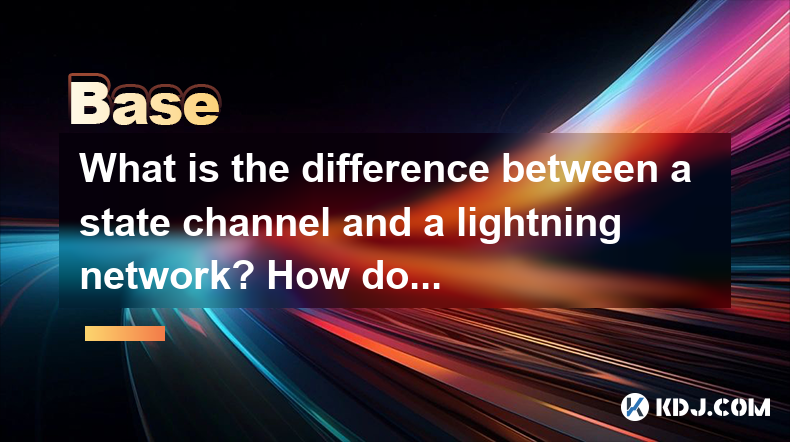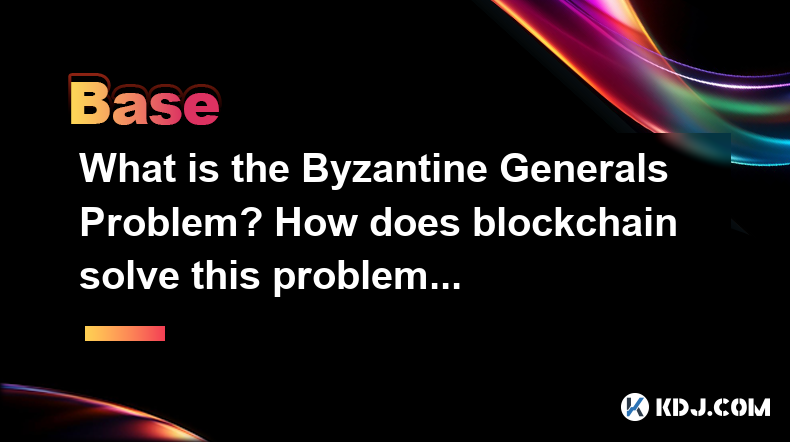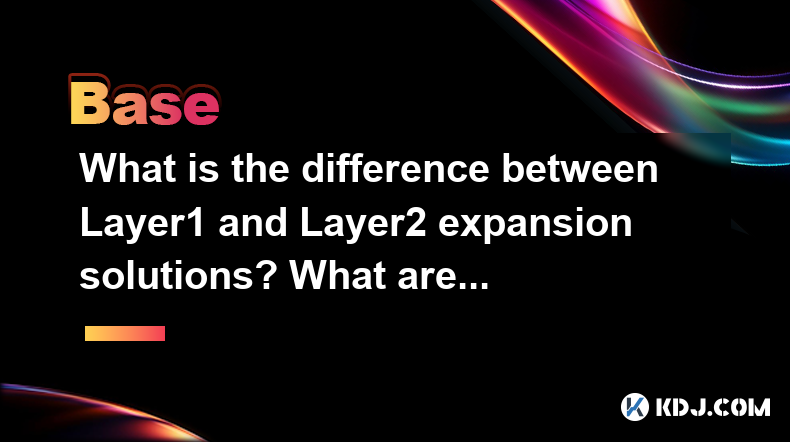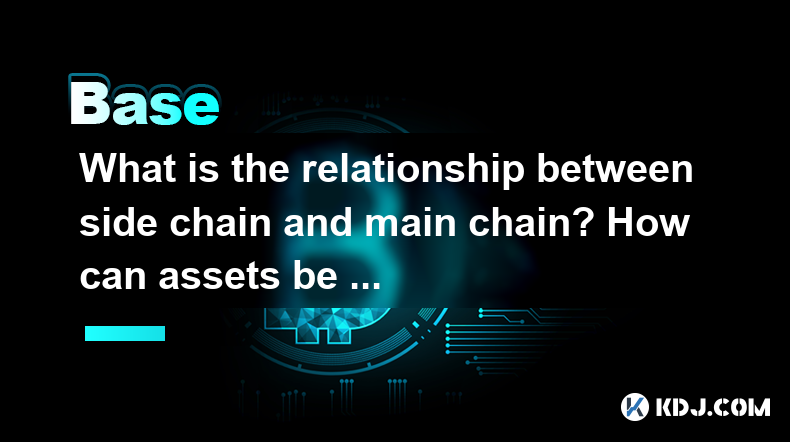-
 Bitcoin
Bitcoin $83,002.8173
-1.53% -
 Ethereum
Ethereum $1,789.8108
-1.26% -
 Tether USDt
Tether USDt $0.9996
0.01% -
 XRP
XRP $2.1274
-0.12% -
 BNB
BNB $592.2431
-0.97% -
 Solana
Solana $119.1598
-2.76% -
 USDC
USDC $1.0000
0.01% -
 Dogecoin
Dogecoin $0.1681
-0.92% -
 Cardano
Cardano $0.6492
-1.84% -
 TRON
TRON $0.2378
-0.90% -
 UNUS SED LEO
UNUS SED LEO $9.0490
-4.47% -
 Chainlink
Chainlink $12.6724
-2.46% -
 Toncoin
Toncoin $3.2495
-4.20% -
 Stellar
Stellar $0.2500
-3.61% -
 Avalanche
Avalanche $17.9358
-1.14% -
 Shiba Inu
Shiba Inu $0.0...01225
-0.09% -
 Sui
Sui $2.2095
-2.78% -
 Hedera
Hedera $0.1613
-2.64% -
 Litecoin
Litecoin $82.2053
-2.61% -
 Polkadot
Polkadot $3.9330
-2.77% -
 MANTRA
MANTRA $6.2724
-0.02% -
 Bitcoin Cash
Bitcoin Cash $298.9098
-0.31% -
 Dai
Dai $1.0001
0.01% -
 Bitget Token
Bitget Token $4.4381
-2.33% -
 Ethena USDe
Ethena USDe $0.9991
-0.01% -
 Pi
Pi $0.5881
11.02% -
 Hyperliquid
Hyperliquid $11.8159
-0.99% -
 Monero
Monero $213.1994
-1.09% -
 Uniswap
Uniswap $5.8098
-1.72% -
 OKB
OKB $51.6086
5.77%
What is the difference between a state channel and a lightning network? How do they improve transaction efficiency?
State channels and the Lightning Network enhance blockchain efficiency by enabling off-chain transactions, reducing fees, and speeding up processing times.
Apr 05, 2025 at 05:21 pm

State channels and the Lightning Network are two significant technologies within the cryptocurrency ecosystem aimed at improving transaction efficiency on blockchain networks. Both solutions address the scalability issues of blockchain systems, particularly in handling a high volume of transactions quickly and with low fees. However, they operate differently and have distinct characteristics.
What is a State Channel?
State channels are off-chain transaction channels that allow participants to conduct numerous transactions without committing each one to the blockchain. Instead, only the final state of the channel is recorded on the blockchain, significantly reducing the load on the network and speeding up transaction times.
In a state channel, two or more parties lock up some funds in a multi-signature wallet on the blockchain. They can then transact with each other off-chain, updating the state of the channel as they go. When they are done, they close the channel, and the final state is recorded on the blockchain. This method is particularly useful for applications that require frequent, small transactions, such as gaming or microtransactions.
What is the Lightning Network?
The Lightning Network is a specific implementation of state channels designed to operate on top of the Bitcoin blockchain. It was proposed to solve Bitcoin's scalability issues by enabling instant, high-volume micropayments. The Lightning Network creates a network of payment channels that can be used to route payments between any two parties, even if they do not have a direct channel between them.
In the Lightning Network, users open a payment channel by locking up funds in a multi-signature wallet. They can then send payments to each other off-chain through the channel. If the recipient needs to send the payment to another party, they can route it through other open channels within the network. This allows for a high degree of flexibility and scalability, as the network can handle a large number of transactions without overloading the blockchain.
How Do State Channels Improve Transaction Efficiency?
State channels improve transaction efficiency in several ways:
Reduced Blockchain Load: By conducting transactions off-chain and only recording the final state, state channels significantly reduce the number of transactions that need to be processed by the blockchain. This reduces the overall load on the network, allowing it to handle more transactions overall.
Faster Transaction Times: Since transactions within a state channel are processed off-chain, they can be completed much faster than on-chain transactions. This is particularly beneficial for applications that require real-time processing, such as gaming or streaming services.
Lower Transaction Fees: Because transactions within a state channel do not need to be recorded on the blockchain, they incur no or very low fees. This makes state channels ideal for microtransactions, where the cost of on-chain transactions might be prohibitive.
Increased Privacy: Transactions within a state channel are not publicly recorded on the blockchain, which can provide a higher level of privacy for the participants. Only the opening and closing of the channel are visible on the blockchain.
How Does the Lightning Network Improve Transaction Efficiency?
The Lightning Network improves transaction efficiency in similar ways to state channels, but with additional benefits due to its network structure:
Scalability: The Lightning Network can handle a much larger number of transactions than traditional blockchain systems. By routing payments through a network of channels, it can facilitate transactions between any two parties, even if they do not have a direct channel between them.
Instant Transactions: Payments on the Lightning Network are processed almost instantly, as they are conducted off-chain. This makes it ideal for applications that require immediate transaction confirmation, such as point-of-sale systems.
Low Fees: Like state channels, the Lightning Network allows for transactions with very low or no fees. This is particularly beneficial for small payments, where the cost of traditional on-chain transactions might be too high.
Interoperability: The Lightning Network can facilitate transactions across different blockchain networks, as long as they support the necessary protocols. This increases its utility and potential for widespread adoption.
Differences Between State Channels and the Lightning Network
While both state channels and the Lightning Network are designed to improve transaction efficiency, there are several key differences between them:
Scope: State channels are a more general concept that can be implemented on any blockchain that supports smart contracts. The Lightning Network, on the other hand, is a specific implementation designed for the Bitcoin blockchain, although it can be adapted for other blockchains.
Network Structure: State channels are typically used for direct transactions between a small number of parties. The Lightning Network, however, creates a network of channels that can be used to route payments between any two parties, even if they do not have a direct channel.
Complexity: Implementing and using state channels can be simpler and more straightforward than using the Lightning Network. The Lightning Network requires a more complex infrastructure to manage the routing of payments through the network.
Use Cases: State channels are suitable for a wide range of applications, including gaming, streaming, and any scenario that requires frequent, small transactions. The Lightning Network is particularly well-suited for micropayments and point-of-sale transactions, where instant confirmation and low fees are crucial.
How to Set Up a State Channel
Setting up a state channel involves several steps:
- Choose a Blockchain: Select a blockchain that supports smart contracts and state channels, such as Ethereum.
- Create a Multi-Signature Wallet: Set up a multi-signature wallet with the parties involved in the channel. This wallet will hold the funds used for transactions within the channel.
- Deposit Funds: Each party deposits funds into the multi-signature wallet to open the channel.
- Conduct Transactions: Parties can now transact with each other off-chain, updating the state of the channel as they go.
- Close the Channel: When the parties are done transacting, they close the channel and record the final state on the blockchain.
How to Set Up a Lightning Network Channel
Setting up a Lightning Network channel involves the following steps:
- Install a Lightning Wallet: Choose a Lightning-compatible wallet, such as Eclair, LND, or c-lightning, and install it on your device.
- Fund Your Wallet: Deposit Bitcoin into your wallet to fund your Lightning Network channel.
- Open a Channel: Use your wallet to open a channel with another party. This involves sending a transaction to the Bitcoin blockchain to lock up funds in a multi-signature wallet.
- Conduct Transactions: You can now send and receive payments through the Lightning Network. Payments can be routed through other open channels if necessary.
- Close the Channel: When you are done transacting, you can close the channel and settle the final state on the Bitcoin blockchain.
Frequently Asked Questions
Q: Can state channels and the Lightning Network be used together?
A: Yes, state channels and the Lightning Network can be used in conjunction with each other. For example, a state channel could be used for a specific application, while the Lightning Network could be used to facilitate payments between different state channels.
Q: Are there any security concerns with using state channels or the Lightning Network?
A: Both state channels and the Lightning Network have security considerations. For state channels, the main risk is that a party might attempt to close the channel with an outdated state. The Lightning Network faces similar risks, as well as additional complexities related to routing payments through the network. However, both technologies have built-in mechanisms, such as time-locked transactions and hash-locked contracts, to mitigate these risks.
Q: How do state channels and the Lightning Network affect the decentralization of blockchain networks?
A: State channels and the Lightning Network can enhance the scalability and efficiency of blockchain networks, but they also introduce new considerations regarding decentralization. By moving transactions off-chain, these technologies can reduce the need for on-chain validation, potentially centralizing some aspects of the network. However, they also enable more users to participate in the network by making transactions more accessible and affordable.
Q: Can the Lightning Network be used with cryptocurrencies other than Bitcoin?
A: While the Lightning Network was originally designed for Bitcoin, it can be adapted for use with other cryptocurrencies that support similar protocols. For example, Litecoin has implemented a version of the Lightning Network. However, the adoption and implementation of the Lightning Network on other blockchains may vary.
Disclaimer:info@kdj.com
The information provided is not trading advice. kdj.com does not assume any responsibility for any investments made based on the information provided in this article. Cryptocurrencies are highly volatile and it is highly recommended that you invest with caution after thorough research!
If you believe that the content used on this website infringes your copyright, please contact us immediately (info@kdj.com) and we will delete it promptly.
- Altcoin Season Has Not Yet Arrived, but Market Participants Are Watching Closely as Bitcoin Falters
- 2025-04-06 03:40:12
- Ethereum (ETH) Rivals Are Attracting Increasing Attention from Investors
- 2025-04-06 03:40:12
- Ozak AI (OZ) Tokenizes Artificial Intelligence, Aiming to Surge 1000x From Its Presale Price
- 2025-04-06 03:35:12
- Binance Unveils Groundbreaking Integration That Shatters Silos Between CEXs and DEXs
- 2025-04-06 03:35:12
- Shiba Inu (SHIB/USD) is Up 5% on Tuesday
- 2025-04-06 03:30:13
- Bybit Web3 Announces Streamlining of Offerings to Enhance User Experience
- 2025-04-06 03:30:13
Related knowledge

What is the difference between a state channel and a lightning network? How do they improve transaction efficiency?
Apr 05,2025 at 05:21pm
State channels and the Lightning Network are two significant technologies within the cryptocurrency ecosystem aimed at improving transaction efficiency on blockchain networks. Both solutions address the scalability issues of blockchain systems, particularly in handling a high volume of transactions quickly and with low fees. However, they operate differ...

Why is the oracle called the bridge between blockchain and the real world?
Apr 04,2025 at 04:00am
The concept of an oracle in the cryptocurrency and blockchain world is crucial for understanding how these decentralized systems interact with external data. The oracle is often referred to as the bridge between blockchain and the real world because it serves as a vital intermediary that fetches, verifies, and transmits off-chain data to the on-chain en...

What is the Byzantine Generals Problem? How does blockchain solve this problem?
Apr 05,2025 at 06:29am
The Byzantine Generals Problem is a classic problem in the field of distributed computing and computer science, which has significant implications for the reliability and security of decentralized systems, including blockchain technology. This problem is named after a hypothetical scenario involving several generals of the Byzantine army who must coordi...

What role does the Merkle tree play in the blockchain? Why can it verify data integrity?
Apr 04,2025 at 01:29pm
The Merkle tree plays a crucial role in the blockchain, primarily due to its ability to efficiently and securely verify data integrity. This article will delve into the structure of a Merkle tree, its implementation in blockchain, and how it ensures the integrity of data. Understanding the Structure of a Merkle TreeA Merkle tree, also known as a hash tr...

What is the difference between Layer1 and Layer2 expansion solutions? What are their advantages and disadvantages?
Apr 05,2025 at 12:49pm
In the world of cryptocurrencies and blockchain technology, scalability is a critical issue that developers and users alike grapple with. To address this, the industry has developed various solutions, primarily categorized into Layer1 and Layer2 expansion solutions. Understanding the differences between these two approaches, along with their respective ...

What is the relationship between side chain and main chain? How can assets be transferred between the two securely?
Apr 05,2025 at 07:00pm
The relationship between side chains and main chains is a fundamental concept in blockchain technology that enables enhanced scalability, privacy, and functionality. Side chains are separate blockchains that are linked to a main chain—typically a well-established blockchain like Bitcoin or Ethereum. This connection allows assets to be transferred betwee...

What is the difference between a state channel and a lightning network? How do they improve transaction efficiency?
Apr 05,2025 at 05:21pm
State channels and the Lightning Network are two significant technologies within the cryptocurrency ecosystem aimed at improving transaction efficiency on blockchain networks. Both solutions address the scalability issues of blockchain systems, particularly in handling a high volume of transactions quickly and with low fees. However, they operate differ...

Why is the oracle called the bridge between blockchain and the real world?
Apr 04,2025 at 04:00am
The concept of an oracle in the cryptocurrency and blockchain world is crucial for understanding how these decentralized systems interact with external data. The oracle is often referred to as the bridge between blockchain and the real world because it serves as a vital intermediary that fetches, verifies, and transmits off-chain data to the on-chain en...

What is the Byzantine Generals Problem? How does blockchain solve this problem?
Apr 05,2025 at 06:29am
The Byzantine Generals Problem is a classic problem in the field of distributed computing and computer science, which has significant implications for the reliability and security of decentralized systems, including blockchain technology. This problem is named after a hypothetical scenario involving several generals of the Byzantine army who must coordi...

What role does the Merkle tree play in the blockchain? Why can it verify data integrity?
Apr 04,2025 at 01:29pm
The Merkle tree plays a crucial role in the blockchain, primarily due to its ability to efficiently and securely verify data integrity. This article will delve into the structure of a Merkle tree, its implementation in blockchain, and how it ensures the integrity of data. Understanding the Structure of a Merkle TreeA Merkle tree, also known as a hash tr...

What is the difference between Layer1 and Layer2 expansion solutions? What are their advantages and disadvantages?
Apr 05,2025 at 12:49pm
In the world of cryptocurrencies and blockchain technology, scalability is a critical issue that developers and users alike grapple with. To address this, the industry has developed various solutions, primarily categorized into Layer1 and Layer2 expansion solutions. Understanding the differences between these two approaches, along with their respective ...

What is the relationship between side chain and main chain? How can assets be transferred between the two securely?
Apr 05,2025 at 07:00pm
The relationship between side chains and main chains is a fundamental concept in blockchain technology that enables enhanced scalability, privacy, and functionality. Side chains are separate blockchains that are linked to a main chain—typically a well-established blockchain like Bitcoin or Ethereum. This connection allows assets to be transferred betwee...
See all articles





















































































